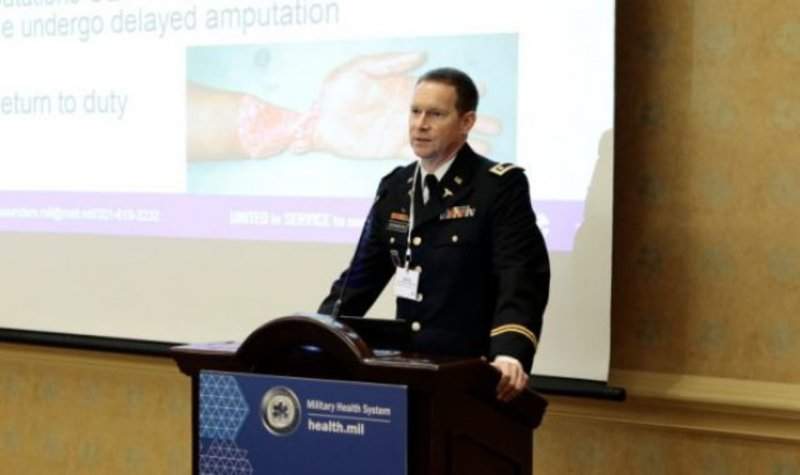
The US Army is conducting research on regenerative medicine to help soldiers with amputated arms or legs regrow their limbs.
The army seeks to develop a solution to regrow muscle, bone, and nerve tissues lost in traumatic injuries.
US Army Medical Materiel Development Activity extremity repair product manager lieutenant colonel David Saunders said: “What we’re trying to do is develop a toolkit for our trauma and reconstructive surgeons out of various regenerative medicine products as they emerge to improve long-term outcomes in function and form of injured extremities.”
Stephanie Shiels at the US Army Institute of Surgical Research is working to develop a synthetic bone gap filler that can heal bones and reduce infection by infusing tissue with a variety of antimicrobials.
Shiels said: “We know that it reduces infection. Other things to consider include adding a bulking agent to help regenerate bone.”
According to Jason Brant at the University of Florida, the African spiny mouse can lose large parts of its skin when a predator tries to grab it but the mouse can escape and recover in a relatively short amount of time.
Discovering how the mouse is able to do this may help with the development of regenerative medicines.
Brant added: “Warfighters and civilians alike suffer large surface [cuts] and burns, and these result in medically and cosmetically problematic scars.
“The impacts of these scars are really staggering. The ability to develop effective therapies will have an enormous impact not only on the health care system but on the individuals as well.”



